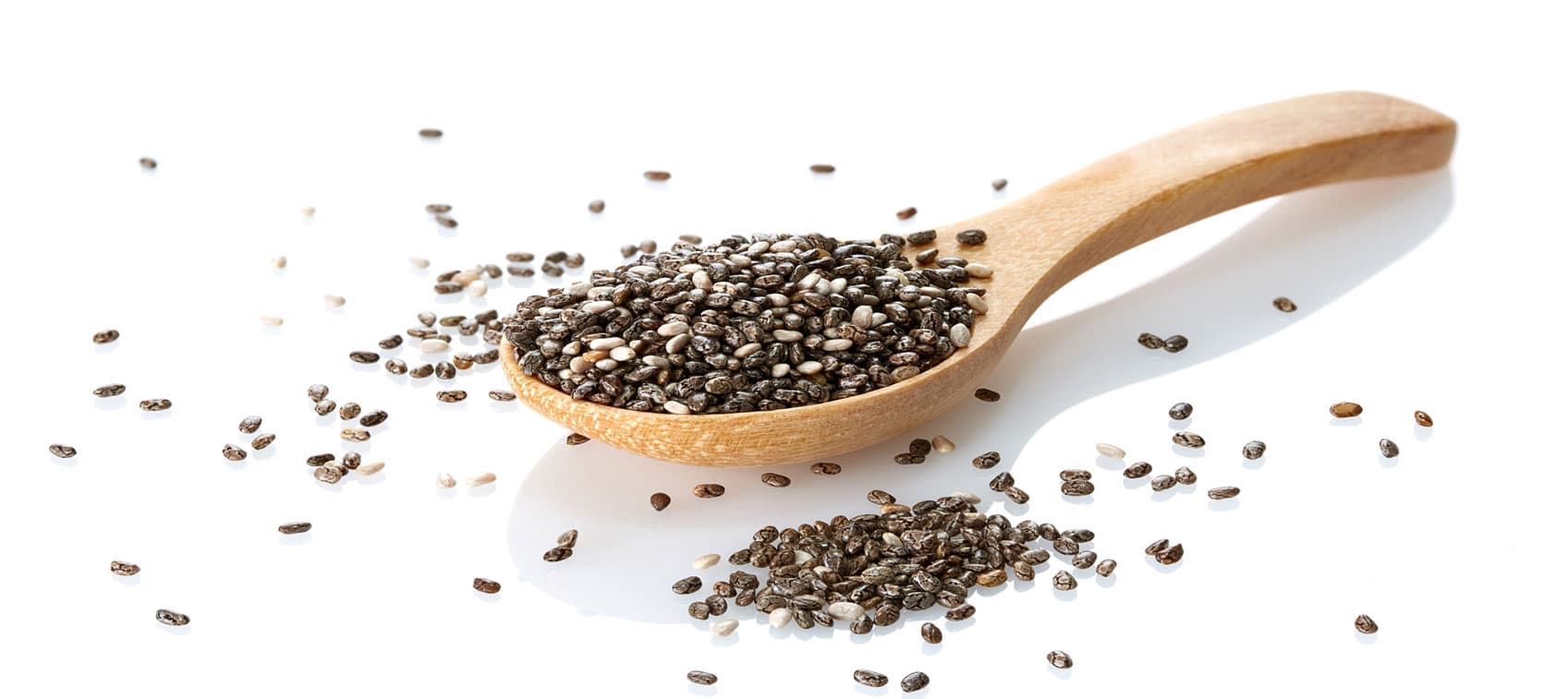
I can vividly remember watching late-night commercials in the 1980s and hearing “Ch-ch-ch-chia!” as sprouts were shown growing out of a funky terra-cotta Chia Pet. At the time, the last thing that would have crossed my mind was eating chia seeds as a food. Little did I know.
For decades, I’ve traveled extensively throughout Mexico and Central and South America in my investigations. One of my favorite areas is the southern part of Mexico next to Guatemala, which also happens to be where chia (Salvia hispanica) was first cultivated.
Chia has a long history of use among the Aztec and Mayan cultures. To the Aztecs, it was an integral part of their diet, as well as a key component in their religious ceremonies. Their warriors also utilized it as a survival ration. When the Spanish Conquistadors under Cortez invaded the area, they almost totally destroyed chia crops in their efforts to conquer the Aztecs.
Chia's Renaissance Era Is Now
Historical records indicate that chia has been used as a food as far back as 2500 BC. Up until a couple of decades ago, it was grown only on small family plots, but it’s now being grown commercially in various Latin American countries.
Chia’s resurgence is in large part due to the research of Dr. Wayne Coates, a retired research professor who was with the Office of Arid Lands Studies at the University of Arizona in Tucson. In 1991, Dr. Coates actually took seeds from Mexico and planted the first crops in Argentina. Since that time, he has helped develop the growing, harvesting, and processing methods that are in use today. Dr. Coates, along with Ricardo Ayerza Jr., has written the definitive text on the subject of chia, called Chia: Rediscovering a Forgotten Crop of the Aztecs.
Dr. Coates has spent the last 17 years working to make the health benefits of chia available to the general public. It couldn’t have happened at a better time, given the challenges we increasingly face with eating a healthy diet.
Rich In Omega-3 Fats, Antioxidants, and Nutrients
The health benefits of chia are wide and varied. First, chia is naturally pest-free, so it doesn’t require the use of pesticides or herbicides for growing. It’s a totally renewable resource. And, It contains a naturally high level of antioxidants—including caffeic acid, chlorogenic acid, and quercetin—that protect it from rancidity.
Additionally, oil from chia has the highest proportion of omega-3 fatty acids of any plant known. A daily serving of 2 tablespoons contains more than 3 grams of omega-3 fatty acids. Until chia became available, the oils from flaxseed, fish, and marine algae were considered to be the only other viable sources of dietary omega-3s.
Omega-3 oils are anti-inflammatory in nature, while excess omega-6s promote inflammation. Research shows that chia effectively helps to restore the omega-3 to omega-6 ratio that has become so lopsided from our diets. As such, a good health benefit of chia consumption is relief from inflammatory conditions including arthritis and joint pain/stiffness.
Most of chia’s omega-3 content is in the form of the essential fatty acid alpha-linolenic acid (ALA).
Chia’s ALA gets converted into DHA, which has been shown to be beneficial in the treatment of depression, bipolar disorder, and schizophrenia, and even to improve some cases of Alzheimer’s. DHA makes up between 15 and 20 percent of the cerebral cortex and anywhere from 30 to 60 percent of the retina. Deficiencies of this fatty acid can have profound effects on both brain and eye function and development.
In addition to having high omega-3 content, chia is a good source of protein, calcium (a daily 2-Tbsp. serving contains about 125 mg), and fiber (7 grams per 2-Tbsp. serving). Other health benefits of chia include low sodium content and low net carbs compared to other grains. Chia is 16 percent protein, 31 percent fat, and 44 percent carbohydrate—of which 38 percent is fiber. (The balance is water and what’s known as “ash,” a measure of the mineral content.)
The fiber in chia absorbs as much as seven to nine times its weight in water. This added bulk can help one overcome constipation (assuming enough water is consumed) with the added benefit of giving the feeling of “fullness” that helps many people who are trying to lose weight.
Reduced Cardiovascular Risk
There are numerous reports of how the daily use of chia can help stabilize blood sugar levels and even allow some individuals with diabetes to decrease the amount of insulin they require. Considering chia’s high fiber content, its positive effects on blood sugar are not surprising.
One six-month study involved type 2 diabetes patients (11 men and nine women) who were already on a diet and/or medication to control their disease. Daily use of chia resulted in a very significant decrease in blood pressure—a drop of 10 points in the systolic pressure (the top number) and a drop of 5 points in the diastolic pressure (the bottom number). C-reactive protein (CRP), a marker of inflammation in the body, was lowered by 37 percent. And fibrogenic factors, which can abnormally increase blood clotting and impair circulation, were also reduced without increasing bleeding time.
Even more interesting, these results were achieved in patients whose condition had already been stabilized through diet and medication.
Recommended Daily Chia Seed Dosage
Chia has been used as food for thousands of years without any problems. It stores without refrigeration or special care. It digests easily without having to be ground. And in addition to all the benefits I’ve outlined, chia seeds are non-allergenic, non-GMO, low in net carbohydrates, and gluten free.
The recommended daily amount is 2 tablespoons a day for adults and 1 tablespoon for children. The easiest way to use it is to simply sprinkle it in salads, over vegetables, or on top of other foods.


